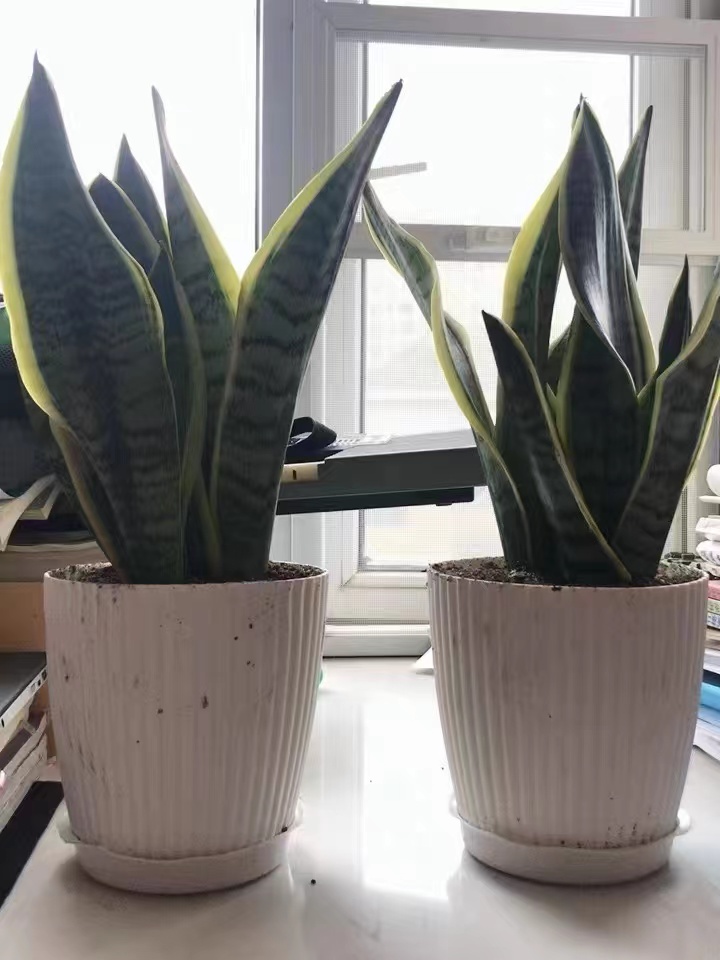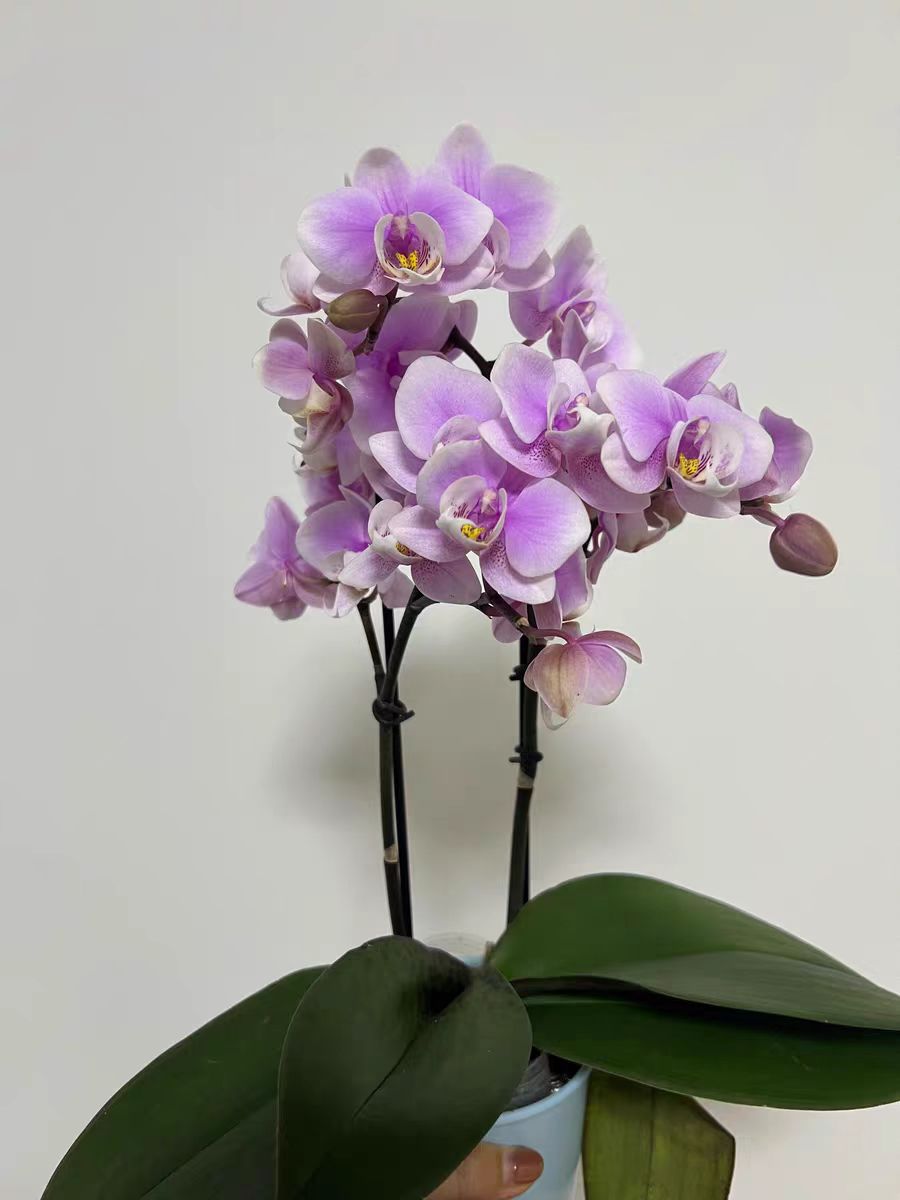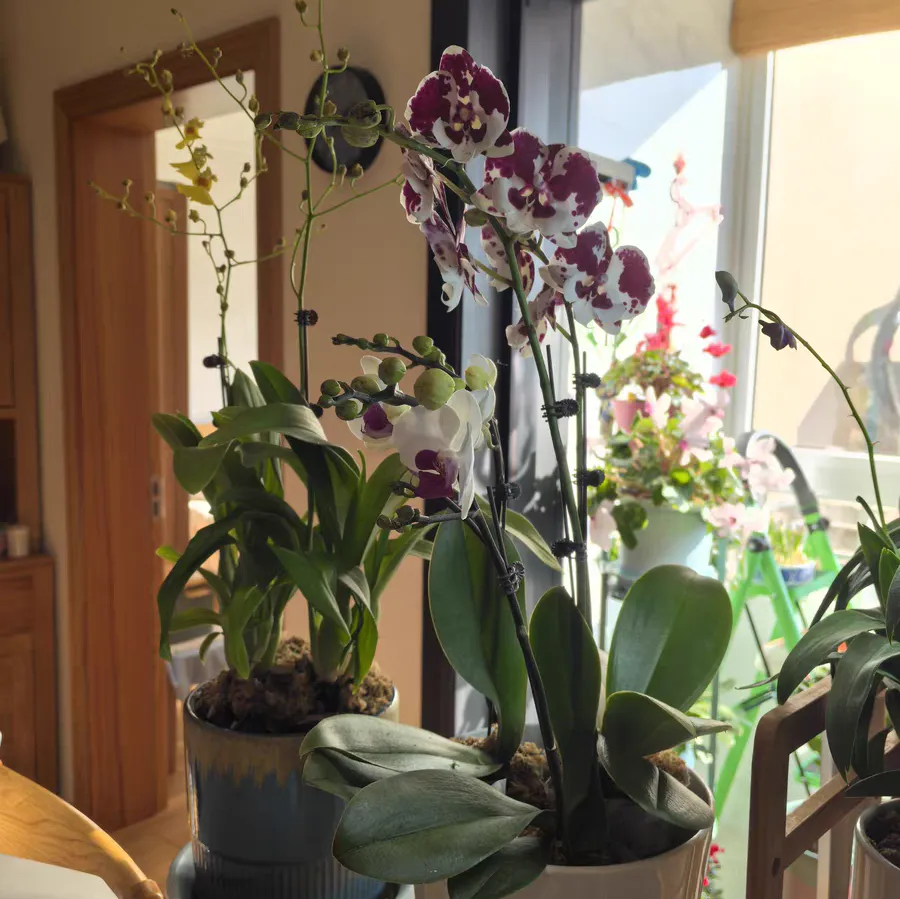Sansevieria, with its unique striped leaves and tenacious vitality, is a frequent guest in the homes of many plant lovers. It can not only beautify the environment but also purify the air. It is a veritable "lazy plant." However, although Sansevieria is known for being hard to kill, there are three taboos that need special attention during the cultivation process. Today, let's talk about the three fears of Sansevieria.
Waterlogging and root rot
Sansevieria is native to tropical Africa and naturally likes a dry environment. Therefore, when watering, we must follow the principle of "rather dry than wet." When many novice friends take care of Sansevieria, they always worry that it will lack water, so they water frequently. As a result, the potting soil is in a wet state for a long time and even waterlogged. In this way, the roots of Sansevieria cannot breathe normally. After a long time, root rot will occur. In severe cases, the plant will die.
Adjust the watering frequency flexibly according to seasonal changes and plant growth. Generally speaking, spring and autumn are the growing seasons of Sansevieria. Water can be poured once every 7-10 days. In summer, when the temperature is high and the water evaporates quickly, the watering frequency can be appropriately increased, but waterlogging in the pot should also be avoided. In winter, it enters the dormant period. Reduce watering and keep the potting soil slightly dry. Before watering each time, you can gently touch the surface of the potting soil with your hand. If it feels dry, then water it. You can also judge whether watering is needed by observing the state of the leaves. If the leaves appear wilted and drooping, it means there is a lack of water. When planting Sansevieria, you can lay a layer of ceramsite or gravel at the bottom of the pot as a drainage layer to improve the drainage performance of the potting soil. At the same time, choosing a flowerpot and soil with good air permeability is also crucial.
Excessive sunlight exposure
Although Sansevieria likes an environment with sufficient sunlight, it is not resistant to strong sunlight exposure. Prolonged exposure to strong sunlight will cause its leaves to be burned, with phenomena such as yellow spots and scorched edges, seriously affecting the ornamental value. Especially in the high-temperature period in summer, shading work needs to be done well. Place Sansevieria in a place with bright indoor light but no direct sunlight, such as by the window or inside the balcony. If it needs to be maintained outdoors, a sunshade net or other shading measures should be set up.
Adjust the lighting time of Sansevieria according to seasonal changes. In spring and autumn, the lighting time can be appropriately increased to promote plant growth. In summer, direct sunlight at noon should be avoided. In winter, due to weak sunlight, the lighting time can be appropriately increased to increase the plant temperature.
Improper fertilization
Sansevieria does not have a high demand for fertilizers, but it cannot be completely ignored. Excessive or insufficient fertilization and improper selection of fertilizer types will all lead to poor plant growth. Excessive fertilization will cause fertilizer damage and burn the roots. Insufficient fertilization will lead to plant malnutrition and slow growth. And improper selection of fertilizer types may not meet the growth needs of the plant. Follow the principle of "applying thin fertilizers frequently" for fertilization. The amount of fertilizer applied each time should not be too much to avoid fertilizer damage. At the same time, the fertilization frequency should not be too high. Generally, a thin liquid fertilizer can be applied once every 1-2 months.
Sansevieria is mainly for foliage viewing, so more nitrogen fertilizer should be applied to promote leaf growth. At the same time, an appropriate amount of phosphorus and potassium fertilizers can also be added to improve the plant's stress resistance. When choosing fertilizers, try to choose 腐熟 (composted) organic fertilizers or compound fertilizers. Fertilization is most effective during the growth period of Sansevieria. During the dormant period or slow growth period, fertilization should be reduced or stopped.
Although Sansevieria is known for being "hard to kill," during the cultivation process, we still need to pay attention to avoiding the three taboos of waterlogging and root rot, excessive sunlight exposure, and improper fertilization. Only by mastering the correct cultivation methods can Sansevieria thrive at home.
How can Sansevieria be cultivated well?

Share with
Tagged in :




Leave a Reply